10 Ways to Tell If Your Senior Dog Is in Pain
Aging dogs have a talent for staying stoic, even when their bodies start to fail them. Unlike people, they rarely complain, but that doesn’t mean the discomfort isn’t there. As your pup grows older, subtle signs can hint that pain is part of their daily life. Here are ways to spot it early, so you can keep them comfortable, active, and tail-wagging.
Sudden Snapping or Growling During Touch
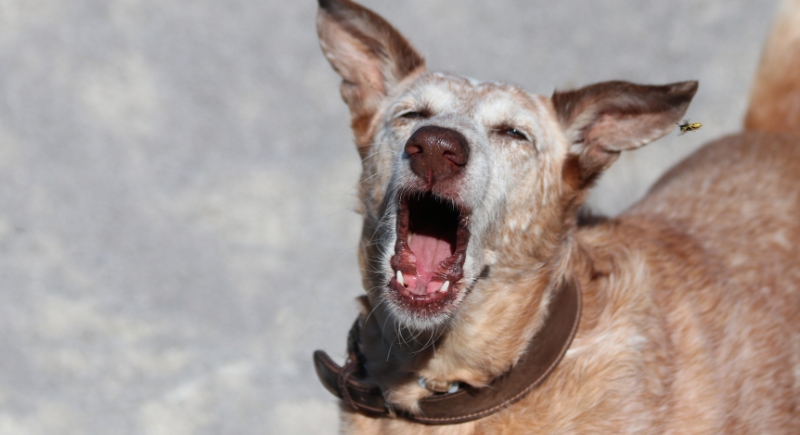
Credit: Getty Images
Older dogs who start snapping when you pet them—especially in spots they used to enjoy—might be trying to say “that hurts.” According to veterinary behaviorists, unprovoked aggression is a red flag in senior pets and is often tied to conditions like arthritis or sore muscles.
Wobbly Steps and Awkward Gaits
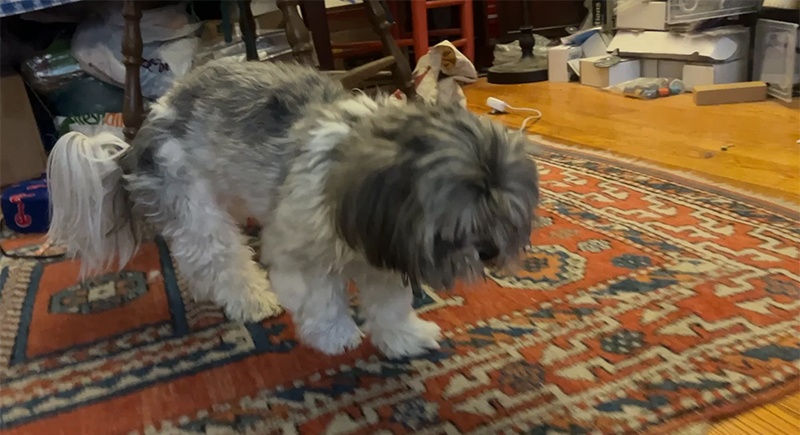
Credit: Reddit
Dogs don’t limp for fun. If your dog starts walking unevenly or seems to shuffle like its joints are stuck, odds are it is compensating for discomfort. They might also slow down more than usual on walks or struggle to keep up.
Sleeping Like They’re On a Cactus

Credit: Canva
Restlessness at night isn’t always about needing to go outside. Older dogs in pain often switch positions over and over, circle endlessly, or abandon their usual bed altogether. According to vets, nighttime restlessness in older dogs is one of the most overlooked signs of chronic pain.
Hesitating on the Stairs or Couch
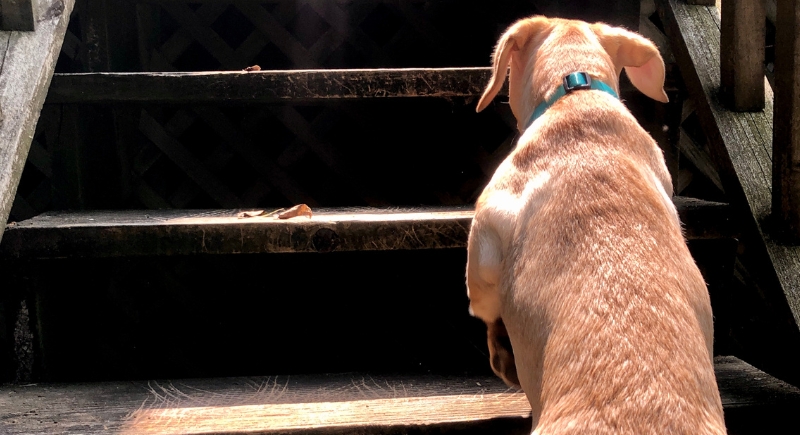
Credit: Getty Images
That once-speedy dash up the stairs may turn into a slow, calculated climb or disappear altogether. When dogs stop hopping on furniture or seem reluctant to navigate inclines, it’s usually because something hurts. Stairs test hips, knees, and balance, which all tend to wear down with age.
Heavy Breathing Without Much Effort
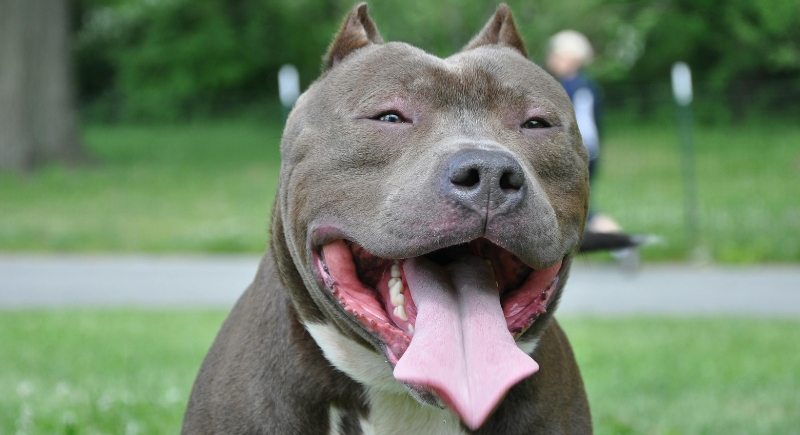
Credit: pexels
Pain causes a spike in cortisol, the stress hormone, which messes with breathing patterns. According to the International Veterinary Academy of Pain Management, increased panting can show up before any visible limping. It’s the canine version of wincing quietly.
Refusing Their Favorite Food Bowl
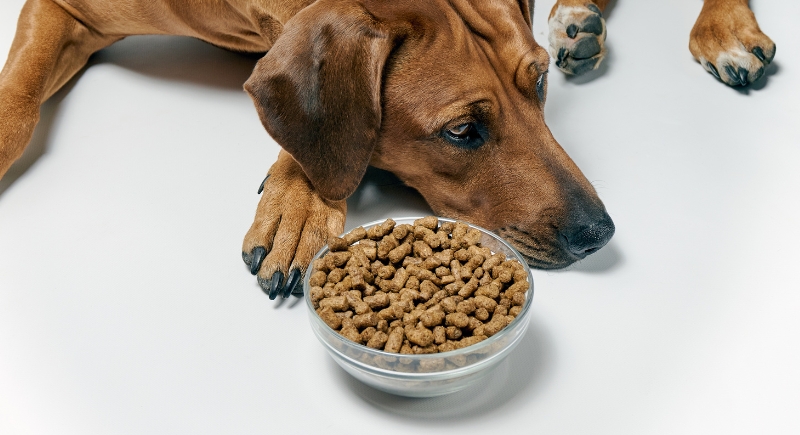
Credit: Getty Images
When a dog that usually gallops toward dinner suddenly ignores their food, pain could be to blame. It’s not always about the meal itself. Sometimes, getting to the bowl or lowering their neck to eat causes discomfort. Arthritis in the spine or hips can turn mealtime into a chore.
Avoiding Play and Skipping the Usual Walk
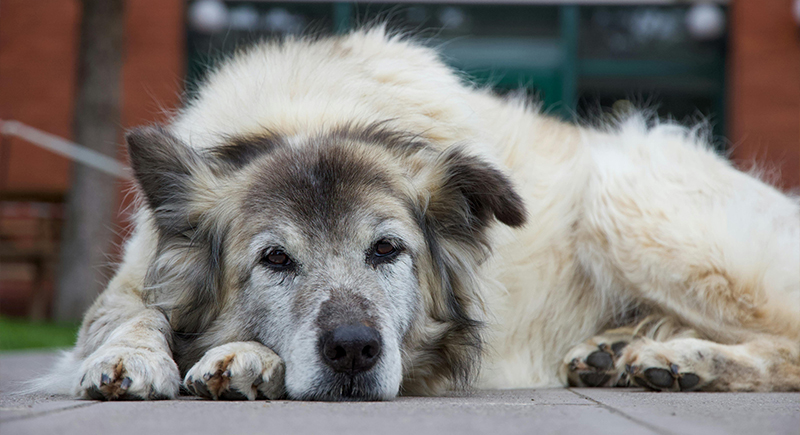
Credit: pexels
Every dog has their favorite routine: morning walks, tug-of-war, chasing squirrels. Yet pain can drain enthusiasm, especially for high-impact movements. Keep an eye on those little behavioral shifts—missing just one daily walk or skipping a favorite toy often signals more than just fatigue.
Unusual Shivering in Warm Weather

Credit: Canva
Shaking often accompanies muscle strain, back pain, or even internal issues like pancreatitis. While it may look harmless, unexplained tremors are worth bringing to your vet’s attention. Chihuahuas and small breeds tend to shiver more when anxious or cold, but for bigger dogs, it’s often a red flag.
Pacing the Room Like They Can’t Get Comfy

Credit: Getty Images
Dogs with stomach pain, joint stiffness, or backaches often pace or keep repositioning because nothing feels comfortable, and they can’t find a position that relieves pressure. Some will stand halfway into their bed and freeze, almost like they’re unsure how to lie down.
Trouble Posturing to Poop or Pee

Credit: Getty Images
Elimination takes more effort than most owners realize. Dogs need to crouch and brace themselves to do their business. They may stop mid-bowel movement or leave a trail behind. Mobility issues can also make it harder for them to get outside in time.
Over-Grooming a Single Spot
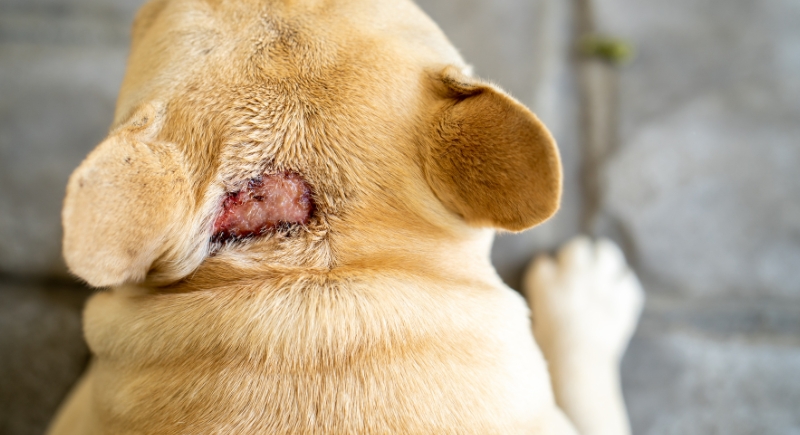
Credit: Getty Images
Licking or chewing one area repeatedly is often the dog’s version of rubbing a sore muscle. Some dogs focus on a limb or paw to self-soothe pain. Over time, this can lead to hair loss, redness, or even open wounds.
Facial Tension and Squinting
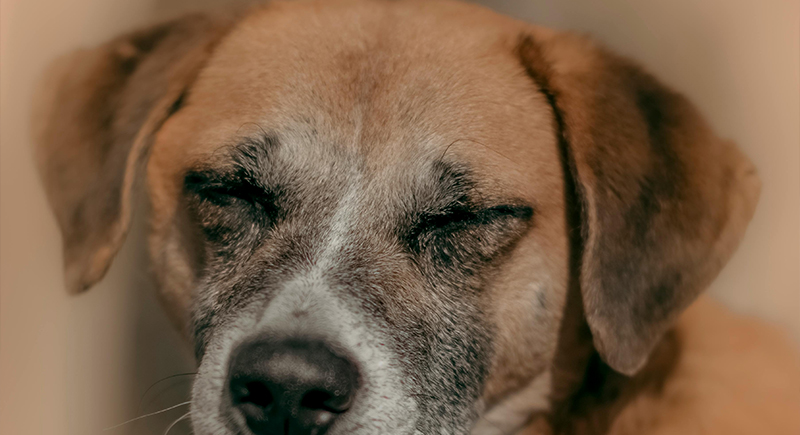
Credit: pexels
Dogs may not frown like humans, but pain shows in their faces. Squinting, furrowed brows, or a pinched expression can all be signs of discomfort. According to studies on the “Canine Grimace Scale,” tension around the eyes and mouth often correlates with moderate to severe pain.
Becoming Clingier—or Avoiding You Altogether

Credit: Getty Images
Some dogs become Velcro—following you from room to room and leaning against your leg more than usual. Others go full hermit and hide under the bed. Both can be signs of discomfort. Pain makes dogs vulnerable, and their coping mechanisms look different depending on breed and temperament.
Tail Position Looks Off

Credit: Getty Images
A tail that droops, stiffens, or doesn’t wag quite right might be doing more than sulking. Some spine or tailbase injuries show up first in tail carriage. Labs and Goldens, for instance, can develop “limber tail,” a condition where the tail hangs limply due to overuse or strain.
Gums Look Pale or Off-Color
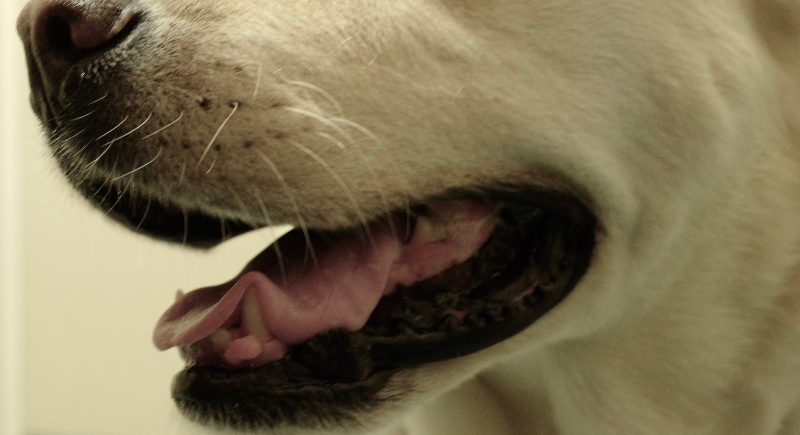
Credit: Getty Images
Dogs in serious discomfort, especially from internal issues like pancreatitis or infections, may have pale, bluish, or tacky gums. Healthy gums should be pink and moist. This is one of those signs vets check first, and for good reason.